By Dr Karli Plowright (Family Wellness Chiropractor - Nomad Chiropractic Mosman)
Chiropractor and Exercise Scientist
A common phenomenon seen with running, whether a beginner or amateur, is tension in either hips, knees or ankles. These joints are the biggest weight bearing areas of the body when running and therefore also most common to see injuries.
What’s common in running injuries? Weakness in either glutes or hamstring.
These muscle groups are the powerhouse muscles in terms of running. If these muscle groups are working together well you can transfer from a jogger to a runner!
My top injuries seen in runners;
Plantar fasciitis
Shin splints
Hairline foot fracture
Ankle sprains
Achilies tendinopathy
Calf strain
Knee sprains
Hamstring strain
Sacro-ilac sprain
Iliopsoas strain
Lumbo-pelvic dysfunction
Is it your hip, knee or ankles?
When assessing a runner I would look through all levels of the limb, beginning at the lower back and hips and going down to knees and feet. Any tension, tightness, or imbalance of the hip is going to have an influence on the lower back, knee and ankle. There is a concept which states movement at one joint produces or affects movement at another joint. This is referred to as your kinetic chain or link. Movements occur at multiple joints and over multiple axis between your hip, knee, ankle and foot joints when running and this requires muscular coordination to help stabilize and control the movement of the body when running. So tension, stress or injury in any of these areas can impact or affect the way you run. Do you have tension in any of these points when running?
Are you using your leg muscles correctly in the running stride?
It is surprisingly common for people and runners to have weak glutes and hamstrings. This is because many runnings use their calves to power their run primarily compared to bigger muscle groups. This is where painful running injuries like plantar fasciitis and achilles tendinopathy can begin. This means the hip extension (glutes) and knee flexion (hamstring) is weak and therefore relying on smaller muscles in the lower limb like the calf. Strengthening this part of the legs is where you will begin to find POWER in your stride. If you have the activation right with these two muscle groups you will begin to notice strength and stability around your hips when running and notice powerful movements when running.
Some exercises to help the glute / hamstring activation
Theraband drive backs. Standing up with feet hip width apart, placing a theraband above your ankle. Whilst balancing on one leg, drive the heel back and return slowly. Focus on generating movement from glutes and hamstrings. You can also use a cable machine for this.
Glute bridges. Lying flat on your back, slowly peel your pelvis off the ground, whilst squeezing the glutes. Keep your shoulder blades on the floor.
Donkey kicks with a theraband. Place a theraband around the arch in your foot. Starting on all fours, extend the leg back and up, again squeezing through the glutes.
Till next time,
Chiro Karli :)
Nomad Chiropractic Mosman
—————
Book in online with your Mosman Chiropractors Lucy Bartlett, Olly Kerr, Kristin Webb and locum Sandy Ghobrial at www.nomadchiropractic.com.au
Located at: Suite 1, 563 Military Road Mosman NSW 2088 Rear entry
Ph 02 9969 7503
www.nomadchiropractic.com.au
For More Information head to: www.nomadchiropractic.com.au/chiro-research
*Note: Karli Plowright moved back to WA in December 2022 and as such is no longer a practitioner at Nomad Chiropractic in Mosman. All of the practitioners at Nomad Chiropractic are trained in the above.

